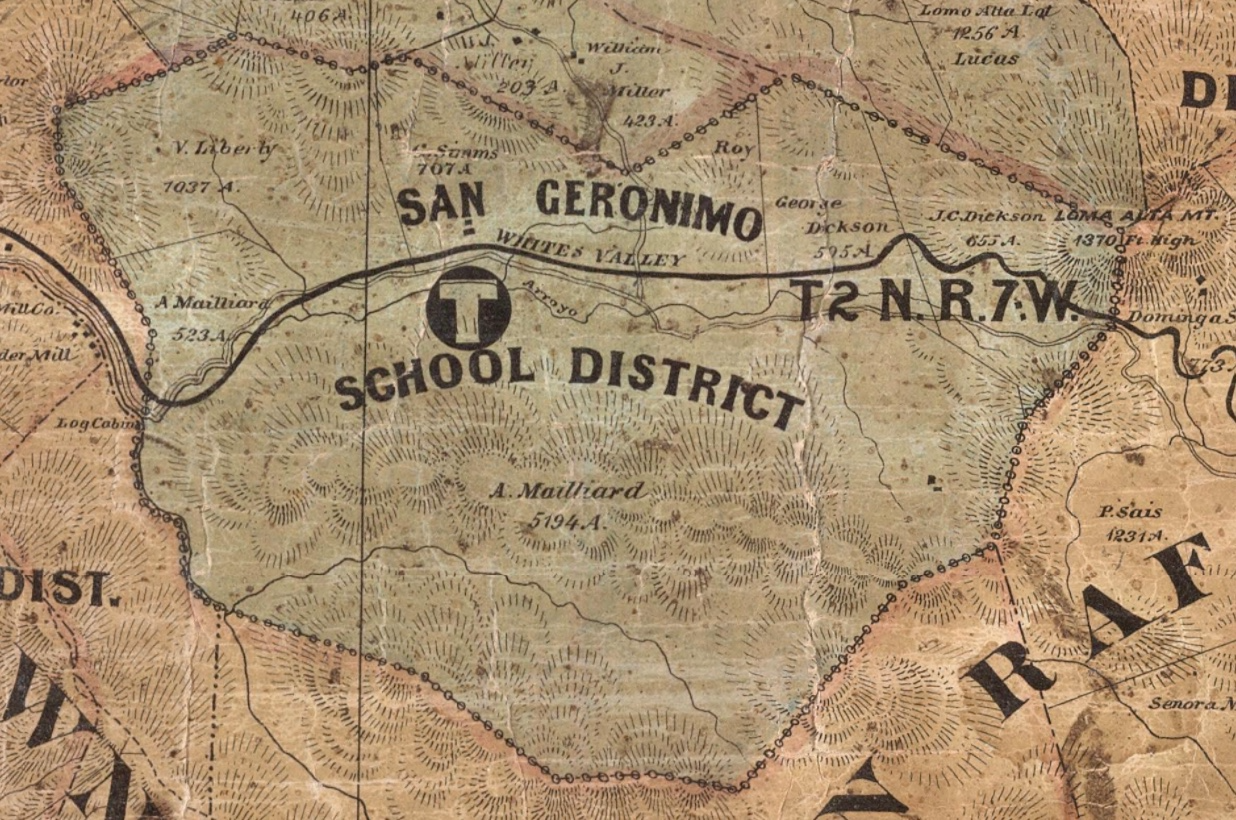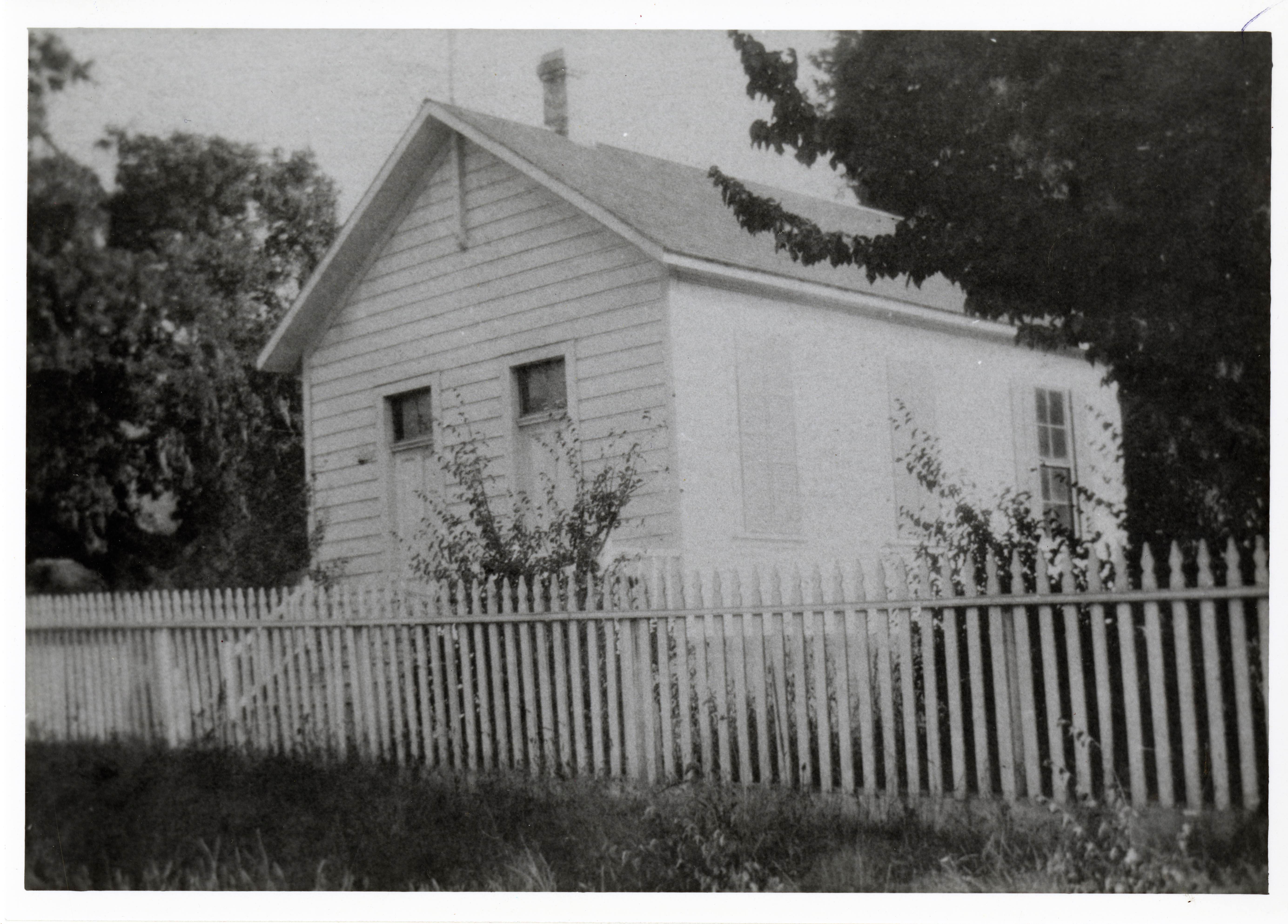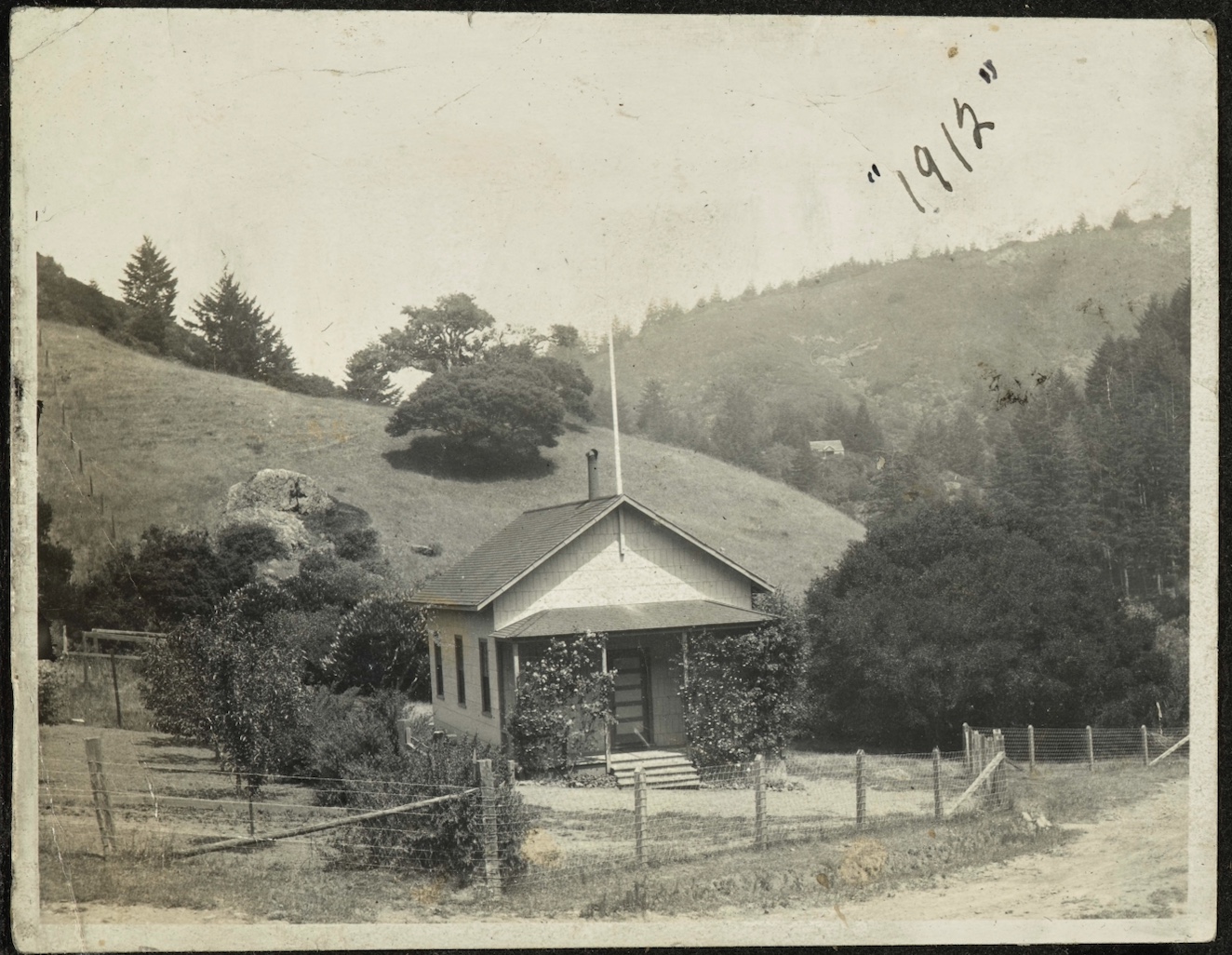District History
Click here for biography of Lagunitas' first principal
A History of Education in the San Geronimo Valley
Why is the Lagunitas School District in the town of San Geronimo? When did the Valley get its first school? These are some of the questions that this brief history of education in the SGV will try to answer.
The history of public schooling in the San Geronimo Valley includes not just today’s Lagunitas School District, but several school districts spread out across several of the old Mexican land grants in and around the San Geronimo Valley. Altogether, San Geronimo Valley children have learned in six different schoolhouses over the past 150-plus years. To learn more about the district at the heart of the San Geronimo Valley of today, we’ll step back in time to an era before the colonization and settlement of the Marin County we know now. In doing so we’ll see what education systems have existed here in the Valley, from the oral traditions of the Coast Miwok, to the Nicasio School District (1866-present), Tocaloma School District (1884-1927), San Geronimo School District (1872-1902) and Lagunitas School District (1908-present.)
Coast Miwok:
A broad look at learning in the San Geronimo Valley could start with a look at the education systems in place for the Valley’s First People - the Coast Miwok - or, as they call themselves, the Hoo'-koo-e'-ko (“we, the people” in the Coast Miwok language.) Until the early 1800s, the Coast Miwok were the San Geronimo Valley’s primary inhabitants. Education looked quite different than the classrooms we are so accustomed to now. For the Coast Miwok, learning occurred within the family unit and greater community, with a rich connection to the land, plants, and animals of the area. Sah-tah-ko (“live oak people”) is the way that the Coast Miwok referred to and still refer to those living in the San Geronimo Valley. Coast Miwok individuals still teach their culture via song, storytelling, dance, and other forms of oral tradition, both at gatherings and through online platforms.
Beginning in the late 1700s, Spain began to colonize California, and so soon education for the Coast Miwok took the form of conscription into the Spanish (later Mexican) mission system at Mission San Francisco Solano and Mission San Rafael de Archangel, where Coast Miwok people learned Spanish and Latin, and came into contact with members of tribes from around the Bay Area - each with their own languages. Conditions were harsh at the missions and not at all like the life that existed before the tight-knit Coast Miwok communities were heavily impacted. The first colonial family to live in the San Geronimo Valley was that of a Mission San Rafael soldier named Rafael Cacho. He and his family lived in an adobe home in the area of the Flanders ranch of today. Mission San Rafael was surely his family’s destination for education and social gatherings. Not long after receiving the land grant in 1837, Cacho sold Rancho San Geronimo to Joseph Warren Revere (grandson of Paul Revere) and relocated to Sonoma.
The Montessori Program at Lagunitas began in 1981 and continues to this day. So does the Open Classroom program, which was formed in 1970 and had its first multigrade class in 1971.
The San Geronimo Valley Community Gym was built with private foundation, county, state, and donated funds, and was a dream made possible through decades of work by school, Community Center, and community members. Groundbreaking for the construction began in the summer of 2007, and the gym was completed in summer 2009.
Today the Lagunitas School District land is home to not just the district’s two campus, but the Community Center in its longtime headquarters, West Marin Montessori - which relocated from the Woodacre Improvement Club in 2016, and a classroom run by the Marin County Office of Education in the former Marin County Free Library branch. In normal times, the SGVCC runs its VAST tutoring program from the Lagunitas Montessori Program complex, and its Loft program from the upstairs of the Community Gym. What comes next for the district is an open question, but whatever it is will be built upon the foundation of nearly 150 years of community-supported public education in the San Geronimo Valley.
For much more on the history of the Lagunitas School District from the 1960s onward, explore the pages of the San Geronimo Valley Community Center’s 50th Anniversary Community Guide here.
Updated 1.22





